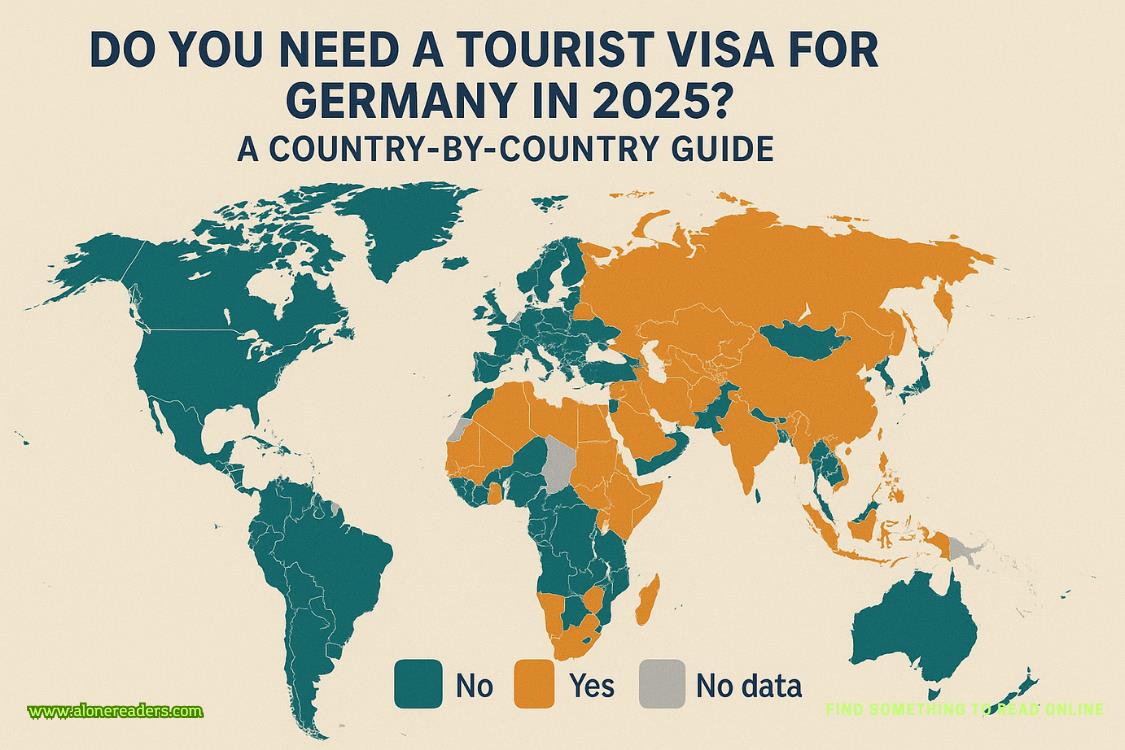“Do you everreallysleep?” She dabbed her chin.
“Don’t change the subject.”
“I—”
“So.You were grinning at your phone a minute ago.” Wiggling her eyebrows, Martina leaned back against the counter with her brew, displacing a bowl of wilting fruit left over from Friday afternoon. “Which means that even though you refuse to eat seafood—did you know that oysters are a powerful aphrodisiac?—you must’ve had a good time.”
“Um. Well…”
“I thought so. After those pictures?”
Erin’s smile widened past the boundaries of her napkin. “We’re still talking about books—we might readThis Is How You Lose the Time Wartogether—and dogs—he has to keep his paperbacks on a high shelf so his golden retriever can’t chew on them. Also, about what it’s like to operate as clandestine creatives in the Bay Area. Some people here apparently claim that coding is art.”
“You’ve said that before about data sets.”
“That’s because they elicit an emotional response. Who wouldn’t be amazed by new information on the behavior of black holes and how we can track their movement through ripples in space-time?”
“Amazed by a plain data export? Honestly? Almost no one outside your field would spot artistry in all those numbers.”
“Not helpful.” She swatted at Martina with her tissue. “An emotional response—wonder, anger, awe, frustration, or anything else—is what makes artart. That’s why it’s subjective, because it’s based on feeling more than logic. But art isn’tthatsubjective. Python and Ruby on Rails are out.”
“Maybe code does elicit an emotional response from software developers. They might disagree with you.”
“Bannisteragrees with me.” She took a smug sip of coffee.
“That’s what matters, isn’t it?”
“Yes—and his graphics absolutely elicit an emotional response.” She scrolled through the photos on her phone, past an influx of golden retrievers and books—arranged alphabetically by author and series order—lining the shelves of a house or apartment somewhere in the greater Bay Area, then back to the image of “Hunger” that she’d snapped from the magazine. Its compelling imagery—the sharp, edgy turbulence depicting the gravity of Bannister’s black hole—and its authority to compel and consume its viewer were undiminished even by the low-grade resolution of her screen. It was time to share it, now. “Isn’t he incredible?”
Martina hummed over her shoulder. “All right, I see the appeal. Especially for you. It has narrative power. Plus, astrophysics.”
“‘Hunger’ is the backpiece for my story inGalactica’s June issue. The editors must’ve paired them together.”
“He’s certainly a skilled artist.”
“…but you don’t like his work?”
“I like color. The murals in Oakland. Buildings in the Mission District. Sidewalk chalk art in the parking lots behind Santa Cruz Avenue on farmers’ market days.” Martina shrugged down at the tapestried arabesque of threads patterning the hems of her jeans above her work boots. “But I can admire his talent. And I like him for you, because he’s distracted you enough from your spreadsheets to have a cup of coffee and a conversation right here, instead of at your desk. You haven’t mentioned the Eischer-Langhoff grant once today—”
“I finished it on Friday—”
“—and you’re smiling.”
“You sound like my mother.”
“That doesn’t mean I’m wrong. So, keep me updated on your mystery artist. But for now,” she rinsed her mug in the sink, “I have to head off. Those planning commissioners won’t heckle themselves.”
“Take that microphone with all the confidence of a mediocre white man.”
“Always,” and Martina waved herself out of the kitchenette.
Erin returned to her photos in the quiet, still smiling. Bannister’s finished piece wasn’t the only item she’d saved in a digital album. He’d also sent images of more recent sketches to her on Sunday afternoon: a kaleidoscopic play of light on the lens of a telescope reflecting a planet from one end and a human eye from the other, and an abstract rendering of a mug with a spoon miraculously un-swirling a muddle of coffee and milk back to their discrete components. The edge of his left thumb was visible in the second sketch, a glimpse of the hand that articulated ideas from a brilliant, visionary mind—a mind with such gorgeous forearms.
Thosedefinitelyelicited an emotional response.
Also, the sleek cut of a runner’s abdomen.
Why shouldn’t she smile?















